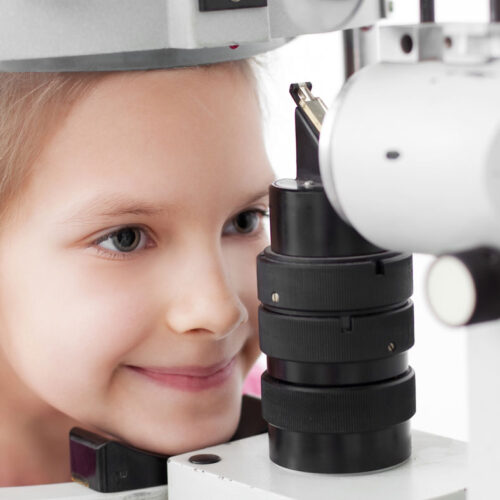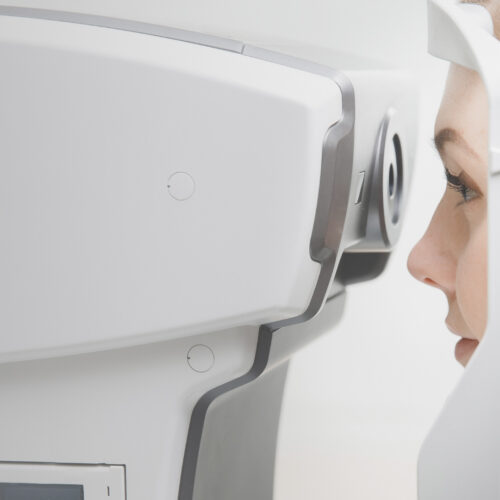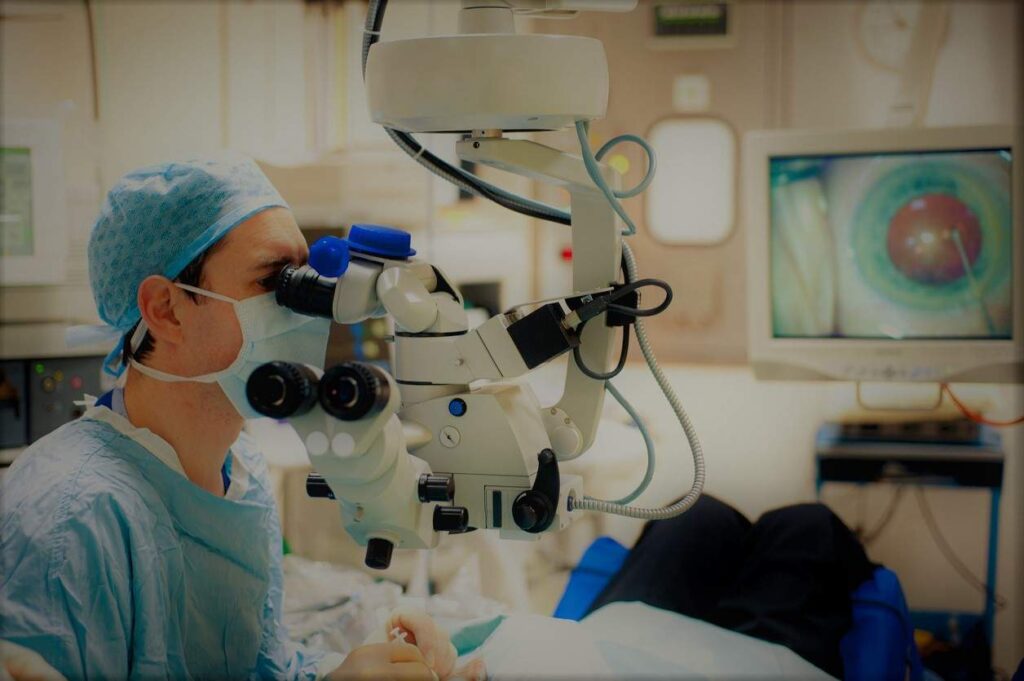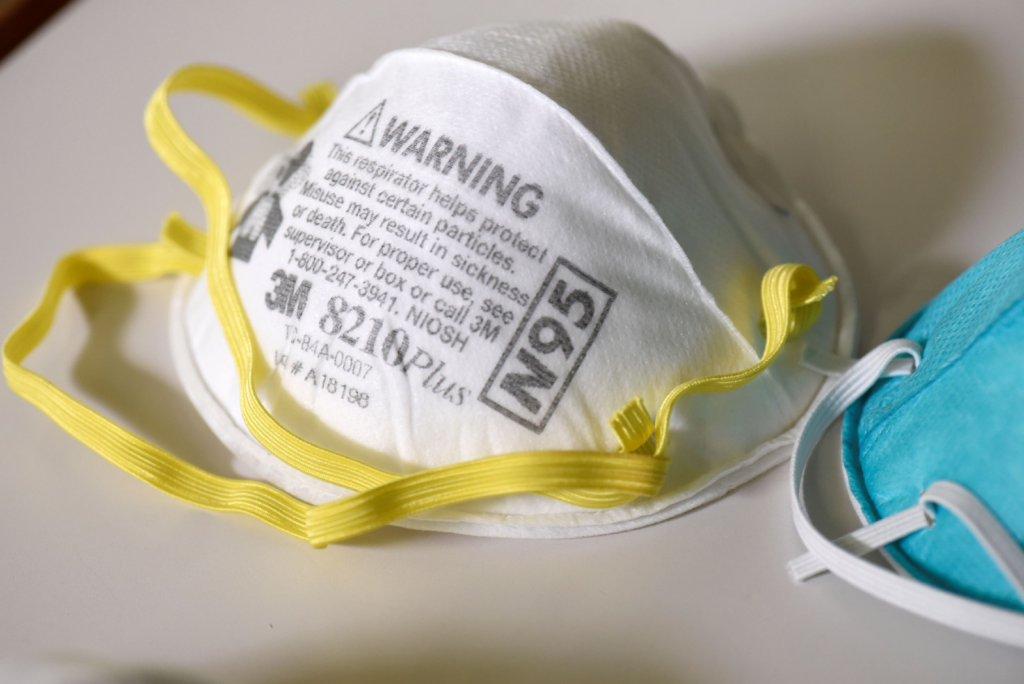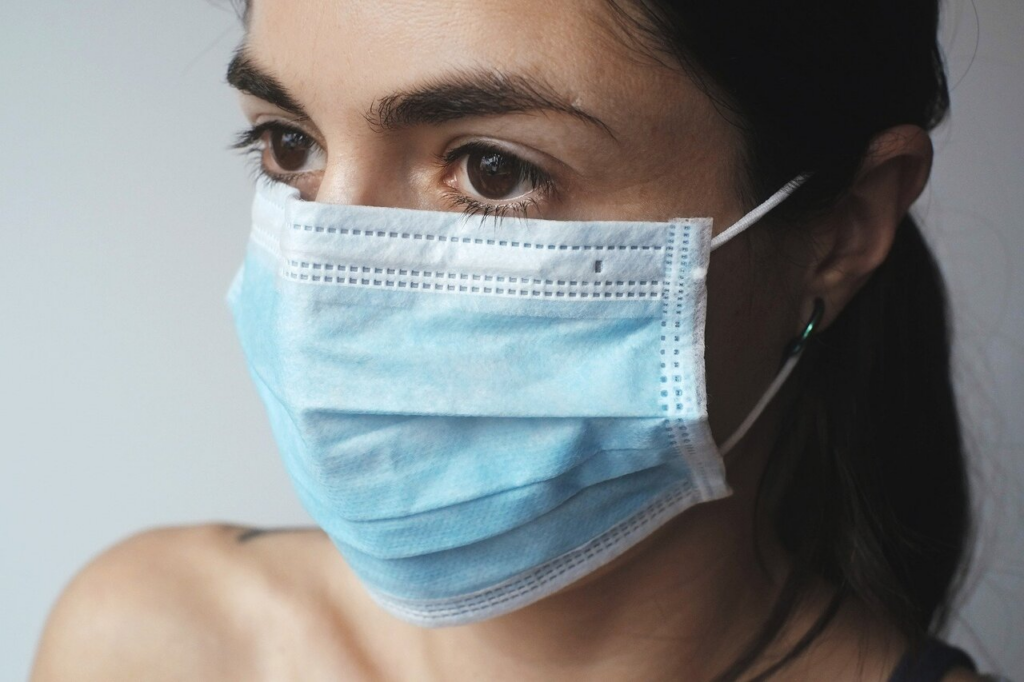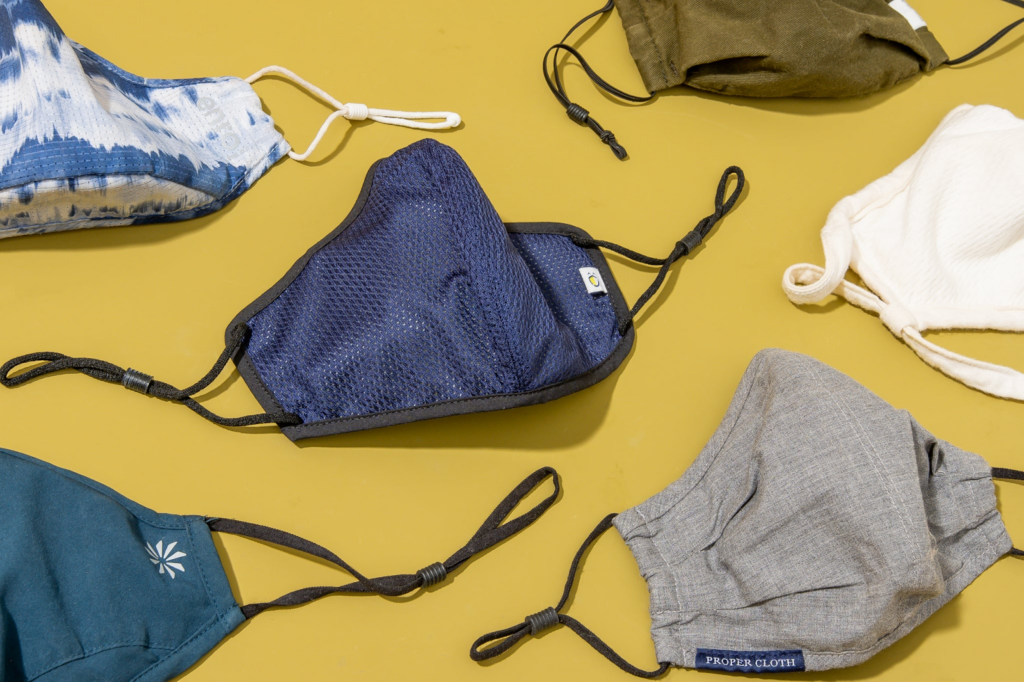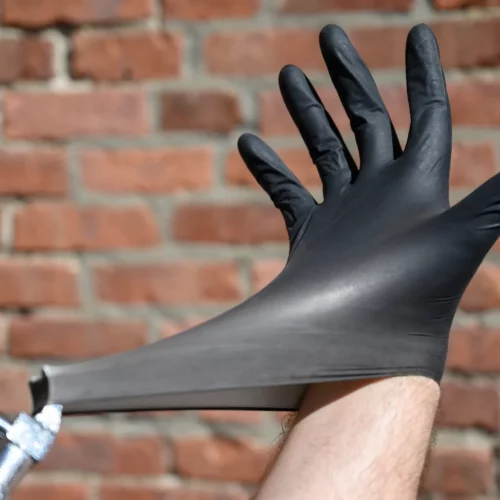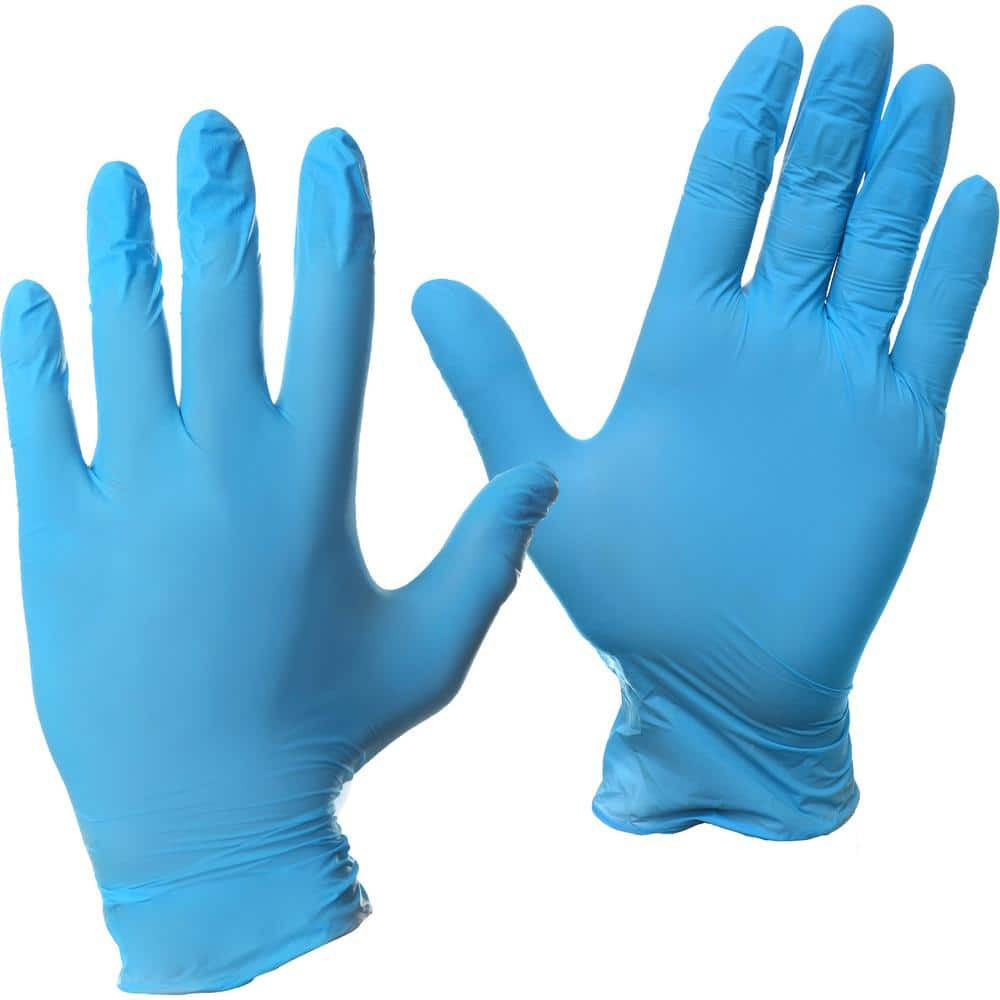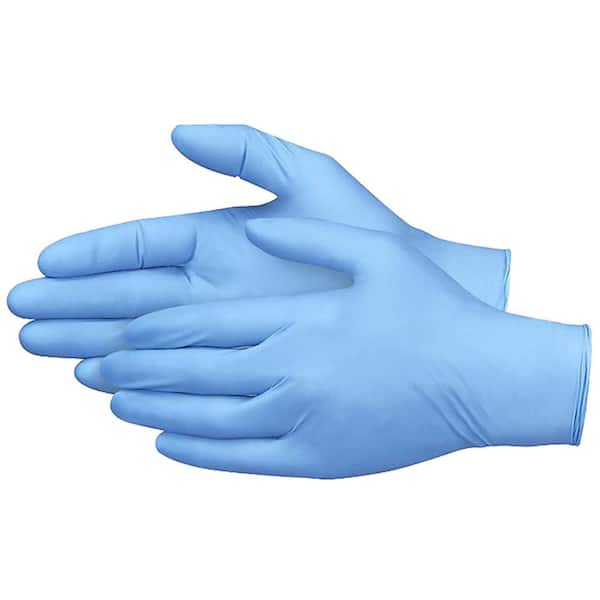One of the most important human senses is vision since it is the way that most information is perceived by humans. Therefore, we have included some advice on maintaining children’s eye health that you may use. Children need regular Sydney eye clinic examinations and routine checks because they are the best way to identify and treat many paediatric eye disorders.
Therefore, if your kid complains of vision issues or eye pain, get in touch with a Sydney eye clinic expert right away. Continue reading to find out more about different sydney eye clinic care techniques to enhance your child’s ocular health and prevent the onset or progression of any eye conditions.
How Can Kids’ Eyesight Be Improved?
You may educate children how to avoid eye infections and injuries as they might not be aware of how to protect their eyes from harm and vision loss. You may also check for vision issues in your kid and take the required precautions to safeguard and enhance vision.
Eye protection for your unborn kid starts throughout pregnancy. You may begin taking care of your children’s eyes even before they are born since prenatal smoking may harm unborn kids’ eyes. To prevent eye issues before and during delivery, be sure to stop smoking and get quality prenatal care.
There are some easy Sydney eye clinic care suggestions to help your kids see better. Children’s eyes might benefit from these suggestions for avoiding injury.

Eyecare Advice for Children
1. A healthy diet
A child’s eyesight, as well as other bodily functions and development, depend on a healthy diet. You might urge children to eat wholesome meals like fruits, vegetables, eggs, fish, and meat. Vitamin A, a necessary ingredient for the health of the eyes, is found in abundance in green leafy vegetables and yellow vegetables.
You may urge your child to choose whole, freshly cooked meals over processed ones and junk food. To make sure kids get all the vitamins and minerals they need, eat a varied diet. You may make your kid’s favorite homemade snacks pleasant and nutritious. Learn more about best foods for eye health.
2. Sip a lot of water
Water intake must be sufficient for eye health. You may nudge your kid to down at least four full glasses of water each day. The appropriate quantity may vary according on your child’s age, their activity, and the weather. Water is necessary for the eye’s cleansing process.
3. Get enough sleep
Getting enough sleep is essential for maintaining excellent eye health. A restful night’s sleep soothes the eyes and revitalizes the body. To support eye health, you can urge your child to establish a regular sleeping schedule.

4. Ensure that eyeglasses and contact lenses are used correctly.
Children may not be careful while using eyeglasses or contact lenses. You might support them and instruct them on how to wear it properly. Tell them to keep it in place while they read.
In order to prevent accidents from broken glasses during sports, you may also ask them to take their glasses off. Always purchase eyeglasses in accordance with a Sydney eye clinic expert’s prescription, check your eyesight, and switch out your glasses as needed.
5. Regulate screen time
Children often use computers, gaming systems, cellphones, and tablets as much as possible. Long-term use of these gadgets may cause eye strain.
For children under the age of five, screen use should be limited to no more than one hour. Only one hour of screen usage per day for older children is recommended. Screen usage should be kept to a minimum to prevent a child’s sleep or physical activities from being impacted. You shouldn’t let children under the age of 18 months to watch a video screen for an extended period of time, and screen time shouldn’t occur just before bed.
You may nudge kids toward extracurricular pursuits and outdoor games. Teach your child the 20-20-20 rule, which states to gaze 20 feet away for 20 seconds every 20 minutes, if they must spend a lot of time on a device. This beneficial advice might guarantee clear vision.
6. Encourage outdoor activities
Spending more time outside may stop youngsters’ myopia (short-sightedness) from developing and progressing. Instead of playing indoor activities or playing computer games, you may encourage kids to play outdoors. Children may benefit physically from outdoor activities.
7. Avoid touching your eyes.
Particularly if they have eye discomfort or foreign objects in their eyes, children have a tendency to touch their eyes. Rubbish from hands may harm the eyes, and conjunctivitis and other disorders are often brought on by this.
If a child’s eyes are itchy, suggest they wash them with cool water rather than rubbing them. Additionally, parents need to educate their kids how to properly wash their hands.

8. Eye security
Children who participate in sports and activities have a greater risk of suffering eye damage. During their activities, you may make sure their eyes are adequately protected from the sun and any harm. To prevent retinal burns, use UV-filter sunglasses (be sure they are approved), and avoid looking directly at the sun.
You might emphasize to them the value of sporting helmets and goggles to protect eyes from UV rays and physical harm. When your child is playing in the water, make sure they are wearing swimming goggles.
When playing sports like baseball, basketball, football, soccer, or hockey, eye protection should be used. A protective pair of glasses may save around 90% of kid eye injuries.
9. Use secure toys.
Younger kids are more likely to get eye damage from toys. For them, particularly for toddlers, you might pick out safe toys. Avoid playing with toys that are rough or pointy since they might accidentally cut your eyes.
Verify the manufacturer’s recommended age on the toy’s package. Toy eye injuries might be prevented by using toys that are age-appropriate.
10. Routine Sydney eye clinic exams
Regular Sydney eye clinic exams may help identify children’s vision issues. In the majority of instances, early diagnosis and treatment might help preserve eyesight.
Additionally, crucial are the use of eyeglasses and regularly upgrading the lens’s power. For kids with chronic illnesses and a family history of pediatric eye problems, the Australian Academy of Ophthalmology recommends routine vision testing.
Final thoughts
For youngsters to have healthy eyes and clear vision, proper eye care is crucial. Teaching your kid the value of personal cleanliness, such as appropriate handwashing, can help them maintain excellent eye health and lower their chance of contracting conjunctivitis and other infectious illnesses.
You should also adhere to the recommended Sydney eye clinic immunization schedule to protect yourself against illnesses like measles that might raise your risk of vision loss and blindness. Bring your kid in for regular Sydney eye clinic exams, which may aid in the early detection of eye problems, particularly in high-risk groups. To protect a child’s eyes from chemical exposure, keep home cleaners and other chemicals out of their reach.

